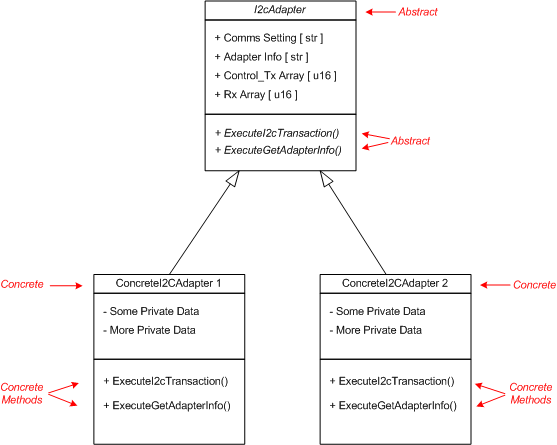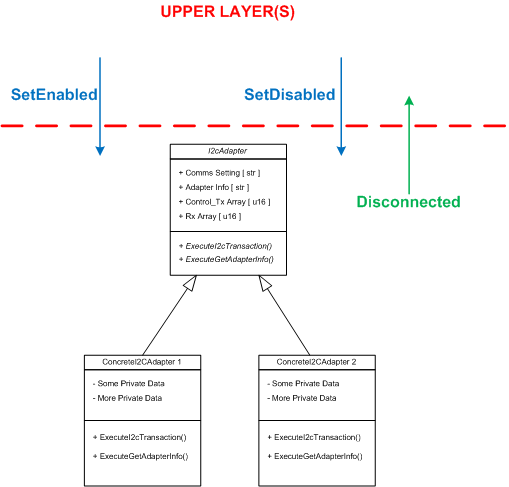Search the Community
Showing results for tags 'hal'.
-
Version 0.2
286 downloads
This is an experimental demo to investigate VIMs (vi macros). It was a bit of fun to see if VIMs could be used to encapsulate events in LabVIEW which was a bugbear of mine for quite some time. You can see the entire thread here. VIMs are a NI experimental technology similar to Xnodes but less mature. The purpose of this release is to clarify the previously unstated licence since other forum topics are building on the original demo so they need a permissive licence (MIT). This release serves as an unambiguous statement to that effect. There are a few differences from the original which I have decided to call version 0.1 but they are minor. Note: This may or may not work for you out of the box. If it doesn't then please do not post. The purpose is to clarify the licence for others to build upon; not to provide a working example. The VIM technology is itself experimental and unsupported by NI so most issues you will encounter will be due to this and It is unlikely there will be another version posted here. -
Name: VIM HAL Demo Submitter: ShaunR Submitted: 25 Sep 2015 Category: *Uncertified* LabVIEW Version: 2009License Type: MIT This is an experimental demo to investigate VIMs (vi macros). It was a bit of fun to see if VIMs could be used to encapsulate events in LabVIEW which was a bugbear of mine for quite some time. You can see the entire thread here. VIMs are a NI experimental technology similar to Xnodes but less mature. The purpose of this release is to clarify the previously unstated licence since other forum topics are building on the original demo so they need a permissive licence (MIT). This release serves as an unambiguous statement to that effect. There are a few differences from the original which I have decided to call version 0.1 but they are minor. Note: This may or may not work for you out of the box. If it doesn't then please do not post. The purpose is to clarify the licence for others to build upon; not to provide a working example. The VIM technology is itself experimental and unsupported by NI so most issues you will encounter will be due to this and It is unlikely there will be another version posted here. Click here to download this file
-
I have a fundamental question on HALs and abstract methods that I'd like clarified, please. In my HAL's up to this point I've been using a parent with abstract methods, implementing concrete methods in the concrete product(s) (see here for example), and using dynamic dispatch as appropriate to execute the concrete method. I think this is a standard technique and it works fine for me. Now I have another layer of abstraction I want to implement, but in this case the concrete products share a lot of functionality and often I can get away with just executing the same method for each product. Should I just go ahead and implement this logic in the parent method? If I do, that means I no longer have abstract methods in my parent (right?), so am I breaking some 'good-practice' rules in OOP design? Or am I just getting bogged down in semantics? [by the way, I have loads of little niggling questions like these which I may ask as I'm going along in my OOP learning - hope you don't mind.]
-
Hi all.. I've been playing around with various HAL implementations for a while now, and I have a question on implementing some simple "state" functionality in the HAL. I've attached one such example - It's just an abstraction layer for a range of I2C Adapter modules that I use (or intend to use in the future). So my parent class is an abstract I2cAdapter, with overridable (dynamic dispatch) methods and exposed private data, effectively forming my interface to upper layers. Then at run-time I will just instantiate one concrete 'product'. (By the way, when I say "Adapter", it's nothing to do with the GOF pattern). Now I also want to add some simple "state" functionality, and I'm hoping to get some pointers on the best way to approach this. The states I can identify in the HAL are: 1. Adapter physically disconnected (i.e. plugged out from the PC/laptop/whatever). I want upper layer(s) to know that this has happened. 2. Adapter connected, and enabled (normal operation). 3. Adapter connected, but disabled. Effectively I want the adapter to be in a high-Z state as far as the bus is concerned. (Of course this should happen automatically for a 'true' I2C adapter when its not accessing the bus, but unfortunately I can't guarantee that with the devices I'm using.) I've looked at the GOF State pattern, but I think it's too elaborate for this situation. Also, I'm not sure it really applies here anyway. As I look at it, the Enabled/Disabled states can be done simply - just add one (or two) abstract method(s) in my parent class and let each concrete adapter implement the necessary functionality. But what's the best way to handle the Disconnected state? Should the concrete adapter implement some functionality and inform the upper layer if a disconnect has occurred? Or should the upper layer have some sort of a periodic check of connectivity? Maybe I should also add that one of the learning 'glitches' I'm having with LVOOP is the topic of collaboration between objects, and this post ties in with that to a certain extent. So any help would be appreciated.
-
Hi, First, I think there should be a main topic called testing instead of TestStand or along TestStand. I implemented a Hardware Abstraction Layer as described by NI and I think it is poorly designed for the following reasons: The ASL (application separation layer - API for general HW access) is not OO and lacks logic, error handling and stubs/mocks for simulation. I found that during my app development I waist a lot of time since my HAL has no good testing framework with code reuse and each test unit needs all the system to be configured and running. Besides that, if I have no access to the hardware it is very hard to develop since I need to write code, compile it, move it to a test machine, run + debug, come back to LabVIEW and try to find the bug with no live input for LV debug tools and without being able to exactly reproduce the scenario from the test machine. This process will repeat itself until I'll build an ad hoc recording mechanism which is not reusable for other features I develop. Thus, I wonder, do you guys have an agile solution to this bad methodology? Is there a tool that will automatically create some Mocks/Stubs to my code (stub is a recording of the application actions and responses. It can be used to virtualize the environment while actually working on a stand alone application. Thus, testing and development time is reduces). I wrote such a recording mechanism for some of my features but it is not general or integrated into the HAL design I copied from NI. Thanks in advance, GOOfy Wires.




